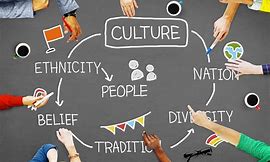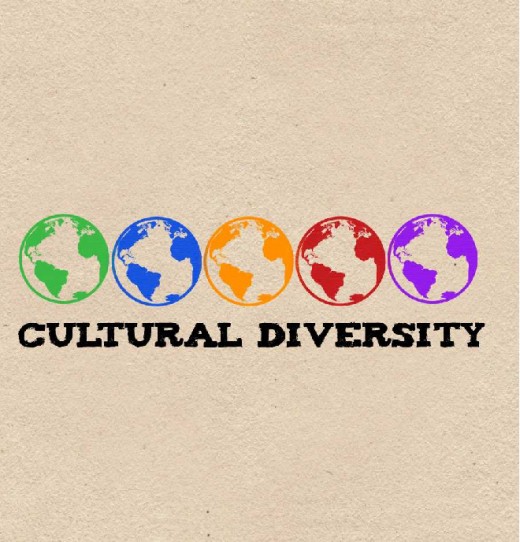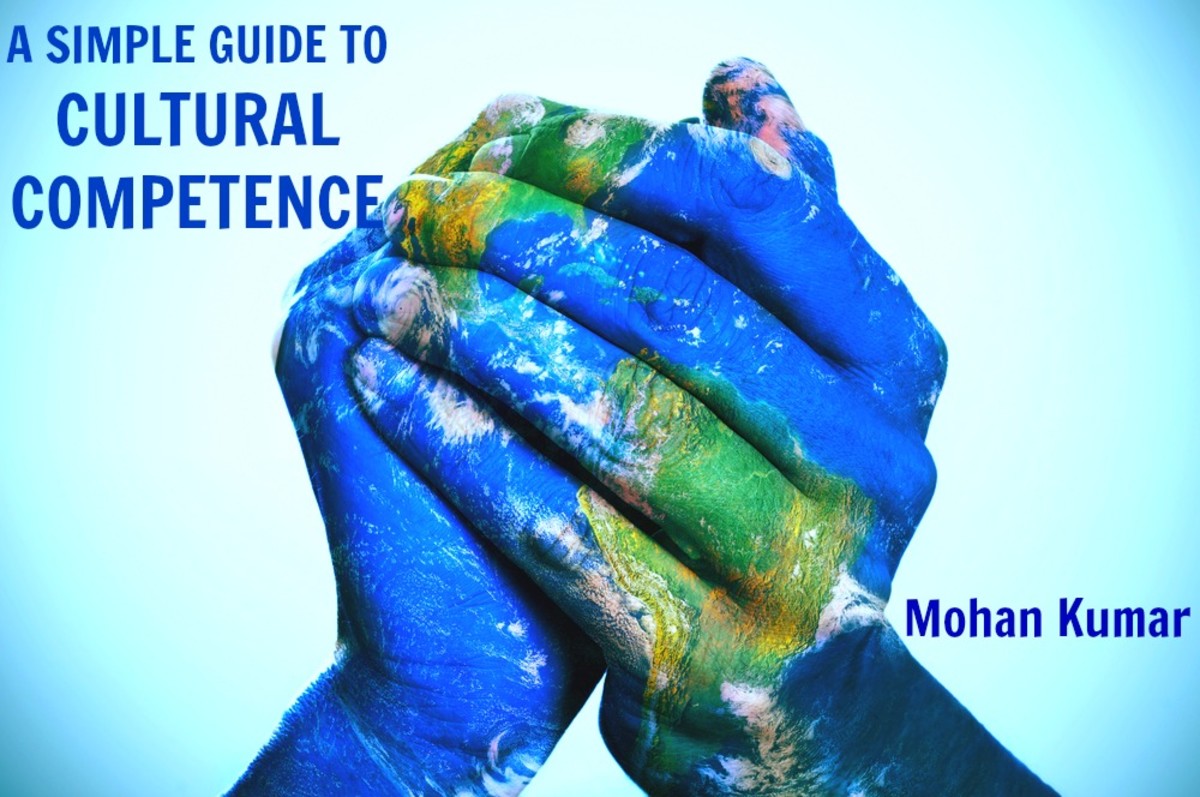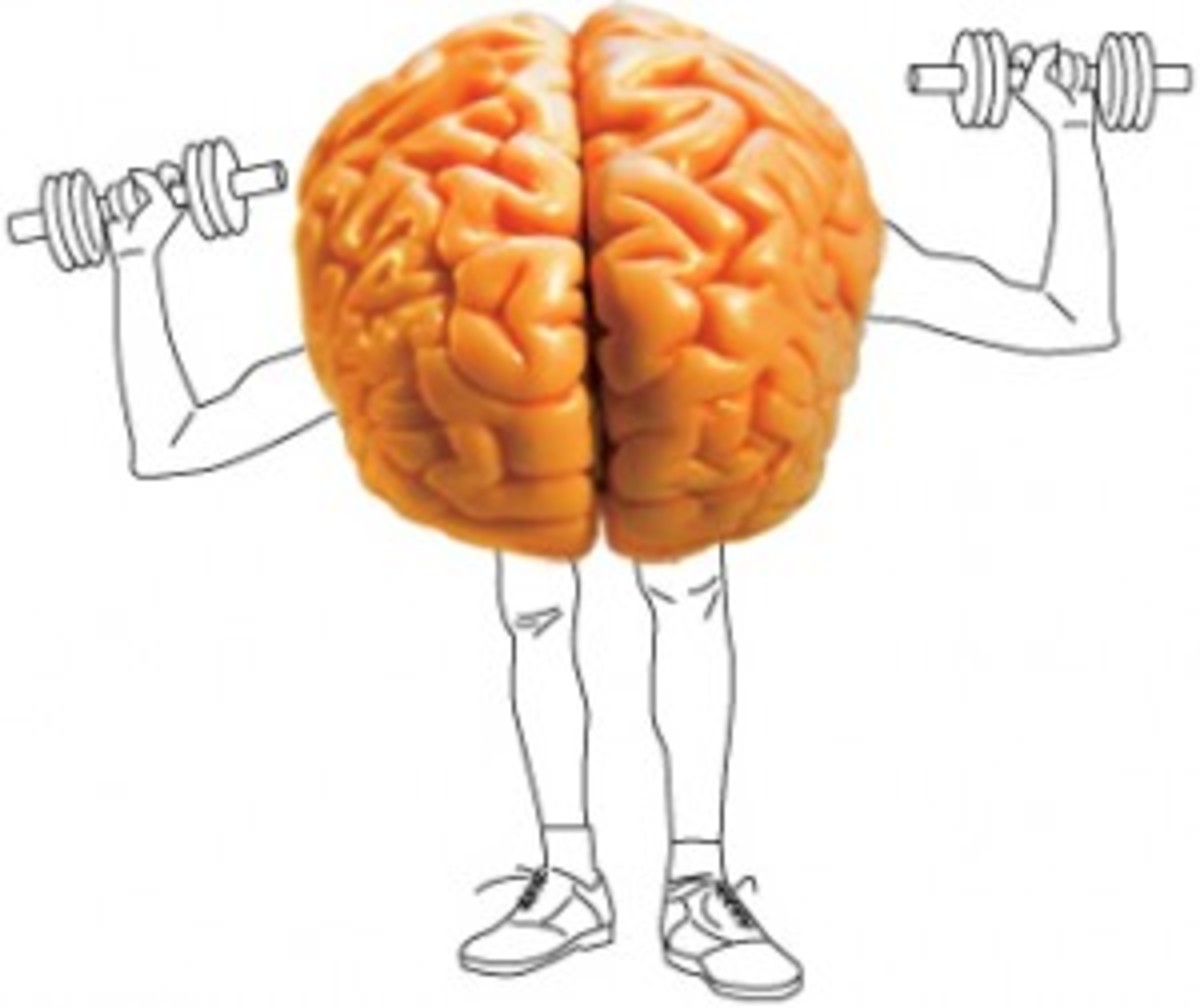Cultural Competence in the Helping Field

Developing Cultural Diversity in the Workplace
Since the Civil Rights Movement, there has been an increased push for better training and implementation on cultural competence, especially in the social work field. To better understand the dynamics of the client, it is imperative to have some understanding of their background and history, but more so, to be sensitive to the differences they exhibit.
Providing cultural competence can make a huge impact in the quality of services that are administered to clients. Having confidence in the competence of your cultural or diverse understanding and owning the ability to set aside any personal conflicts or ideas about a person or specific culture, can make the difference in whether someone excels from their provided service, and goes on to become empowered and self-sustaining, which is the desired result, or fails at many any progress in the betterment of their life.
There are many ways in which a human service professional can develop more culturally competent skills, such as self-education. But, it is the mark of a quality human services professional to go beyond the mandatory or minimal training and study different cultures, interact with a diverse group of people, and make a push for their agency to provide adequate cultural competence training often. It is also a good idea to study oneself, in an attempt to better any understand any biases or prejudices that may be found within toward any certain person or group of persons. The characteristics that are important for the human service professional to acquire include self-awareness, the ability to communicate, empathy, responsibility, commitment, and flexibility. Of the values that the human service professional possess, respect for individuality is, among the most important. It is highly important to remember that everyone will not regard the same things you do as important or even have the same beliefs. Regardless, everyone is entitled to the same respect and acceptance.
The importance of cultural competence is compelling when working with clients. It is not only the benchmark of extreme professionalism, by it is also setting an example for the client when they observe the helper in their ability to look beyond personal opinions and are able to provide optimal service by seeing the helping process in the big picture.
Additionally, one aspect of communication that the human services professional must always be cognizant of is non-verbal communication. Non-verbal messages are a way in which persons communicate through their body. By using facial expressions, tone of voice, and posture a person can communicate more clearly what they are feeling than they do with their words. It is important to understand the body language because a person may not be able or willing to express the entire truth about what they are feeling and being able to pick up on their body language will enable the helper to better understand the feelings that the client may not be expressing. Hidden prejudices and biases can be communicated to the client through non-verbal means, despite what the helping professional is saying to the client
For the human services professional, abiding by a set of ethical codes is of the utmost importance. The human service professional has the ability to empower their clients or enable them. Much like a medical doctor who is responsible for their patient’s life and limb, the human service professional can be tasked with a responsibility for a client’s social wellbeing in their livelihood. As stated in the human services code of ethics drafted by Steve Wood, “STANDARD 27 Human service professionals know the limit and scope of their professional knowledge and offer services only within their knowledge, skill base, and scope of practice.” The human service professional holds a responsibility to the practice, in that they should never go beyond their scope of education and experience to provide direction to clients. It could be harmful to the client, or their situation, if the human service professional guided them in a direction that was out of their scope of practice.
Additionally, stated in the code of ethics is the importance of the human service professional to refrain from allowing his or her personal beliefs to bias their direction of care for the client. “STANDARD 34 Human service professionals are aware of their own cultural backgrounds, beliefs, values, and biases. They recognize the potential impact of their backgrounds on their relationships with others and work diligently to provide culturally competent service to all of their clients.” The human service professional should also maintain a level of professionalism when working with any client who has differing beliefs or cultural practices than themselves.
Diversity will have a broad influence on human service delivery due to the fact that our world is ever changing and continually becoming a more diverse one. At one time, the major concerns for the human service professional was racial tensions and the stigma attached to mental health patients. Today’s modern human service delivery encompasses many factors in diverse cultures. Post 911, religion has played a major role in world culture, and the prejudice and tensions that present themselves between the many religious groups. Open homosexual relationships and gay marriage has been a huge topic in world news. The vast array of diverse cultures and topics that will be seen throughout the human services delivery system will create a greater need for the human services professional to maintain a level of professionalism than ever before, to ensure the consumers are not faced with bias and preconceived notions from the professionals who are providing the services they have need for.
“And yet, unlike in the pre-civil rights era, when racial prejudice and discrimination were overt and widespread, today discrimination is less readily identifiable, posing problems for social scientific conceptualization and measurement.” (Pager).
Resources
Pager, D., & Shepherd, H. (2008, January 1). The Sociology of Discrimination: Racial Discrimination in Employment, Housing, Credit, and Consumer Markets. Retrieved March 16, 2015, from http://www.ncbi.nlm.nih.gov/pmc/articles/PMC2915460/
Wood, Steve. “Ethical Standards for HS Professionals.” National Organization for Human Services, www.nationalhumanservices.org/ethical-standards-for-hs-professionals.









